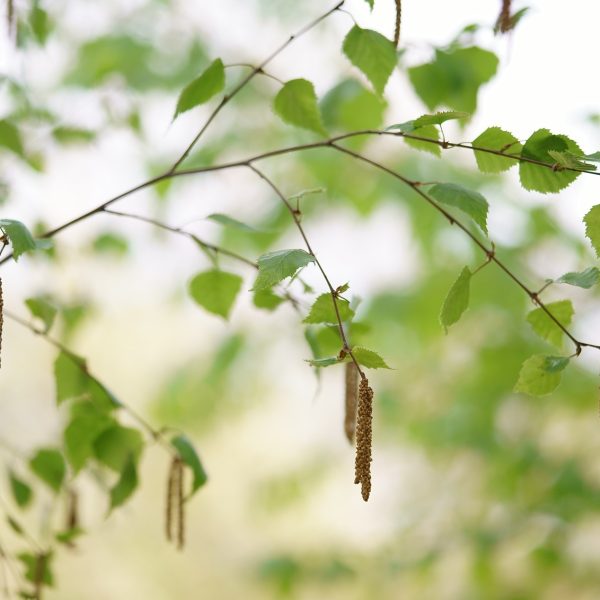“Making infused herbal oils is an effective way to capture the healing colours, fragrance and feel of nature’s most soothing herbs.”
What is a herbal infused oil and what do they benefit?

Also known as a macerated oil, herbal infused oils are herbs that have been ‘infused’ in a carrier oil (such as sunflower, sweet almond, olive oil…) for a period of time. They are also an essential part of other home herbalism recipes such as salves, creams, soaps and massage oils.
By steeping herbs in a carrier oil, the fat-soluble properties of the herbs infuse into the oil, turning it into a herbal remedy that can be used topically and rubbed onto the skin to encourage healing.
Herbs to use for infused oils
- Arnica is naturally calming and can be used for bumps and bruises. Tired feet love Arnica oil as a soothing treat.
- Calendula has antifungal, anti-inflammatory, and antibacterial properties that make it useful in healing wounds, soothing eczema, and relieving diaper rash.
- Echinacea is reputed for increasing the body’s resistance to infection and for stimulating the immune system.
- Plantain is used to relieve insect bites, rashes and other skin irritations.
- Chamomile can help with skin conditions such as eczema as well as to speed up wound healing.
- Rose flower oil is a relaxing and aphrodisiac oil.
- St John’s Wort is well known for its soothing properties and makes an excellent base for massage oil blends.
Making your own herbal infused oil

- Level of difficulty: Easy
- Time to make: 15 minutes with a 2-week wait
Ingredients and equipment
- 120ml carrier oil (such as olive oil, sesame, coconut, almond)
- A bunch of fresh herbs 30g
- A kilner jar(s)
- A glass jar or bottle
- Muslin cloth
- Measuring jug
- A slow cooker (if using the slow cooker method)
Method 1: Traditional herbal oil infusion
- Place 30g of herbs in a clean kilner jar(s).
- Cover the herbs with 120ml of your carrier oil of choice and ensure the herbs are fully immersed. A more simple, but less accurate method, is to fill a jar with herbs and then pour oil over submerging the herbs, ensuring 1 cm of oil above to prevent spoilage.
- Leave it to infuse for 2-4 weeks, giving it a little shake now and then. Note that some herbs benefit from infusing on a sunny windowsill.
- Strain out the herbs using the muslin cloth.
- Pour into your clean jar or bottle for storage.
- Label and date.
Method 2: Slow cooker method
- Place 50g of dried herbs in your jar(s)
- Cover the herbs with 200ml of your carrier oil of choice, ensuring the herbs are fully immersed.
- Place a towel on the bottom of your slow cooker and add a few centimetres of water so it is midway up your jar(s).
- Turn the slow cooker onto warm and leave the slow cooker lid off.
- If you are using fresh herbs, leave the jar lid off too to allow the water to evaporate.
- Allow it to infuse for 24 hours.
- The temperature shouldn’t exceed 50C.
- Strain out the herbs using the muslin cloth.
- Pour your oil into a labelled bottle.

Method 3: Quick pan method
What you will need
- 3 parts oil – See oil choices in part 1
- 1 part fresh herb or 1/3 less of dried
- Bain-marie or a pan and a wide heatproof glass bowl
- Water for pan
- Sieve or muslin cloth
- Sterile jar or bottle
Method
- Place a wide heatproof bowl over a pan of boiling water. Ensure that the bowl doesn’t touch the bottom of the pan.
- Put the oil and herbs in the glass bowl.
- Lightly heat for 1.5-3 hours and make sure you keep filling the base pan with water so it doesn’t run dry. Be sure to heat lightly so you don’t accidentally fry the herbs.
- Eventually the oil will turn the colour of the herbs, and this is when it is ready.
- Strain the oil with a sieve or muslin cloth.
- If you want to make it extra potent you can repeat this process with new herbs.
- If you want to use powdered herbs mix 1 part powdered herb to 4 parts oil and gently heat for 1-2 hours.
- Once it has cooled, bottle and label the oil with the ingredients used and date made.
How to use your infused oils
Pour a dash of oil into the palm of your hands and rub together until warm. Massage onto the affected area.
Infused oil safety
- Never take oils internally.
- Never use oils on broken skin.
Tips for making infused herbal oils
- We recommend using high quality, organic herbs to get the most benefits out of the properties.
- Dried or fresh herbs can be used. However, when using fresh herbs, care must be taken to ensure to remove as much moisture as possible to decrease the risk of bacteria growth.
- You can strain only as much as you need and leave the rest to infuse for longer and until ready to use.
What is the difference between an infused oil and an essential oil?
Essential oils are the volatile aromatic compounds that give plants their characteristic smells. They are much stronger than infused oils. They are the product of a distillation process whereby herbs are steamed, and the volatile oils evaporate to be collected as concentrated volatile compounds. They must be used in drops and due to their concentration must be handled with care.
Bibliography
- Chown V, Walker K. The Handmade Apothecary: Healing Herbal Remedies. New York: Sterling Ethos; 2018.
- Green J, Green A. The Herbal Medicine-Makers’ Handbook: A Home Manual. Berkeley: Crossing Press; 2002.
- Heron B. How To Make Articles. Earthsong Seeds. https://earthsongseeds.co.uk/blog/. Accessed April 4, 2023.




























